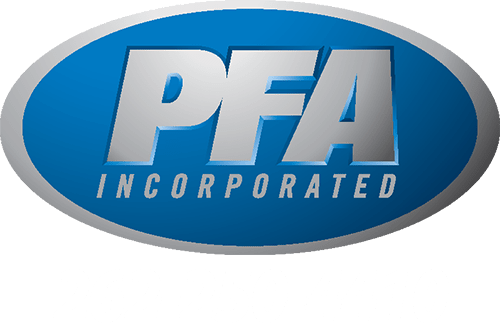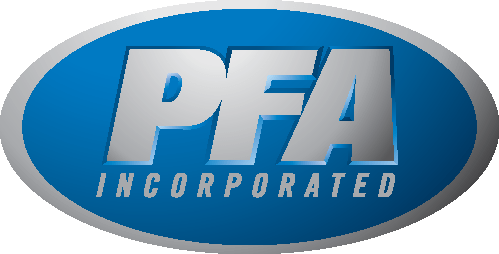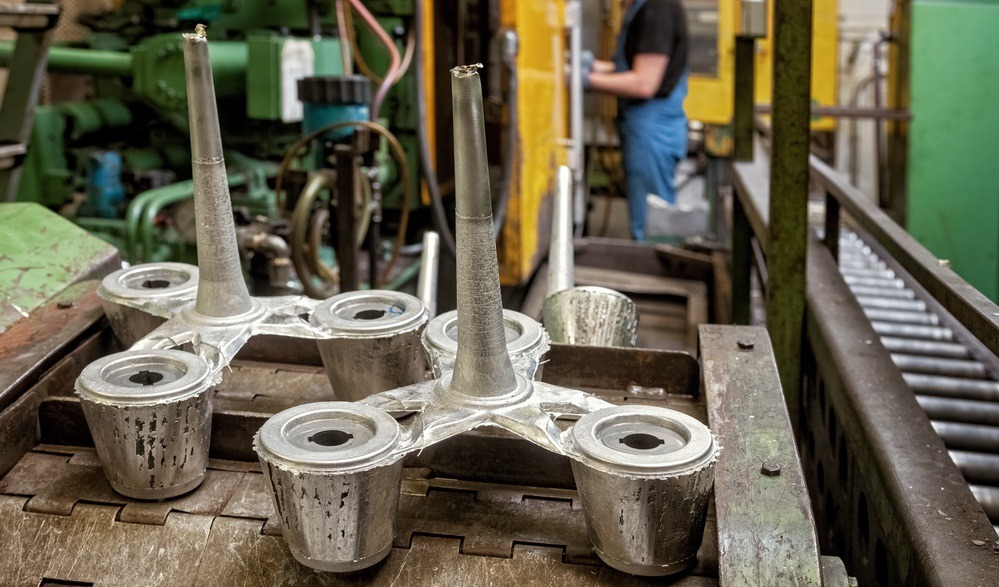I. Introduction
In the manufacturing world, die casting is a vital technique used to produce complex metal parts with high precision and efficiency. This process not only forms essential components for various industries, including automotive, aerospace, and consumer products, but also plays a significant role in shaping modern manufacturing practices. However, with increasing focus on environmental conservation, sustainability has become a pressing concern in die casting operations.
As business owners and employees in the manufacturing sector, understanding and implementing sustainable practices not only aligns with corporate social responsibility but also enhances the overall efficiency and competitiveness of your operations. In this blog post, we will explore various sustainable practices in die casting and how they help minimize environmental impact.
II. The Environmental Impact of Traditional Die Casting
While die casting offers numerous advantages, traditional methods can have notable environmental repercussions:
- Waste Generation: The die casting process can produce significant amounts of scrap metal and waste materials, exacerbating landfill issues.
- Energy Consumption: Traditional die casting is often energy-intensive, leading to high fossil fuel utilization and increased carbon emissions.
- Hazardous Materials: The use of toxic materials in coatings and lubricants can lead to pollution and health risks for workers if not managed properly.
These factors highlight the need for a transition to more sustainable methods, ensuring that die casting meets today’s environmental standards without sacrificing quality or efficiency.
III. Overview of Sustainable Practices in Die Casting
Implementing sustainable practices in die casting is not merely a trend; it’s essential for the health of our planet and the long-term success of businesses. Here are some key practices you can adopt to foster sustainability:
- Use of Recycled Materials
- Energy Efficiency Measures
- Water Conservation Strategies
- Adoption of Eco-Friendly Technologies
- Supplier Collaboration and Education
The following sections delve into these sustainable practices, showcasing how they can transform your die casting operations and reduce their environmental footprint.
IV. Recycling and Material Management
One of the most impactful sustainable practices in die casting is the efficient management of materials, particularly through recycling. Using recycled materials in your operations benefits both the environment and your bottom line:
- Benefits of Recycled Materials:
- Reduced Raw Material Costs: Buying recycled materials can often be cheaper than sourcing new metals.
- Lower Energy Usage: Recycling metal generally requires less energy compared to producing new metal from ores.
- Decreased Waste: Utilizing scrap metal reduces waste sent to landfills, promoting a circular economy.
To maximize the advantages of material recycling, consider the following strategies:
- Collect and Reuse Scrap Metal: Institute regular pick-up and collection routes for scrap, ensuring that every piece of metal is accounted for and reused in the process.
- Invest in Efficient Material Handling Equipment: Utilizing advanced technologies can streamline the sorting and recycling of materials, improving your operation’s overall efficiency.
By implementing robust recycling programs, not only can you minimize waste, but you can also promote a company culture centered around sustainability, which can improve employee morale and attract eco-conscious customers.
V. Energy Efficiency and Renewable Energy Sources
Energy efficiency is key to minimizing environmental impact in die casting. Here are several ways to embrace energy-saving practices:
- Energy-Efficient Machinery: Invest in modern machinery that utilizes energy more effectively. Look for equipment with high-efficiency ratings.
- Process Optimization: Regularly review and optimize your processes to minimize energy consumption. Implement practices like machine scheduling to ensure operations only run when necessary.
- Renewable Energy Sources: Integrate renewable energy into your operations. Consider options such as:
- Solar Energy: Installing solar panels can significantly cut down energy costs and reduce carbon footprint.
- Wind Power: Utilizing wind turbines to generate energy can supplement your manufacturing processes.
By adopting these strategies, you not only save on energy costs but also demonstrate a commitment to sustainability that can be attractive to stakeholders.
VI. Water Conservation and Management Practices
Water is a vital resource in die casting, and minimizing waste is essential for sustainable operations. Here’s how you can address water conservation:
- Closed-Loop Water Systems: Implement recycling systems that allow water to be reused repeatedly in your processes, reducing overall consumption.
- Water Quality Monitoring: Regularly monitor water quality to ensure that your operations comply with environmental regulations and standards.
- Efficient Cooling Systems: Replace traditional cooling methods with advanced technologies that consume less water for cooling purposes.
By prioritizing water conservation, you demonstrate responsible use of resources and contribute positively to your local ecosystem.
VII. Innovations in Die Casting Technology
Innovation plays a vital role in enhancing sustainability in die casting. Here are some emerging technologies that support eco-friendliness:
- Green Molding Materials: Investing in biodegradable or recyclable materials for molds helps reduce waste in the casting process.
- Advanced Cooling Techniques: Utilizing innovative cooling methods can improve energy efficiency, allowing quicker and more consistent cooling during production.
- Smart Manufacturing Systems: Integrating IoT and automation into die casting can improve process efficiency, allowing for more precise monitoring and control, ultimately reducing waste.
These technological advancements not only serve to increase efficiency but also position your business as a leader in sustainable manufacturing practices.
VIII. Collaborating for a Sustainable Future
Collaboration is a crucial element in driving sustainability throughout the die casting industry. Here are some ways to foster collaboration:
- Engage with Suppliers: Work with suppliers who share your commitment to sustainability. Establish guidelines for eco-friendly practices across your supply chain.
- Industry Partnerships: Collaborate with industry organizations and other manufacturers to share best practices and promote sustainable methods.
- Education and Training: Provide your employees with training on sustainable practices and the importance of reducing environmental impact. An informed workforce is essential for driving change within your organization.
By fostering collaboration and communication, you can create a network of businesses committed to sustainable development, amplifying your efforts and contributing to a more sustainable future.
IX. Conclusion
Embracing sustainable practices in die casting is essential for minimizing environmental impact while enhancing the efficiency and competitiveness of your operations. By focusing on recycling, energy efficiency, water conservation, technology innovations, and collaboration, you can pave the way for a more sustainable manufacturing industry.
As a business owner or employee in the manufacturing sector, adopting these practices not only fulfills a moral obligation to protect our planet but can also lead to cost savings and improved product quality. Take the initiative today to explore sustainability in your die casting processes, and together, we can forge a path toward a greener, more responsible future.


